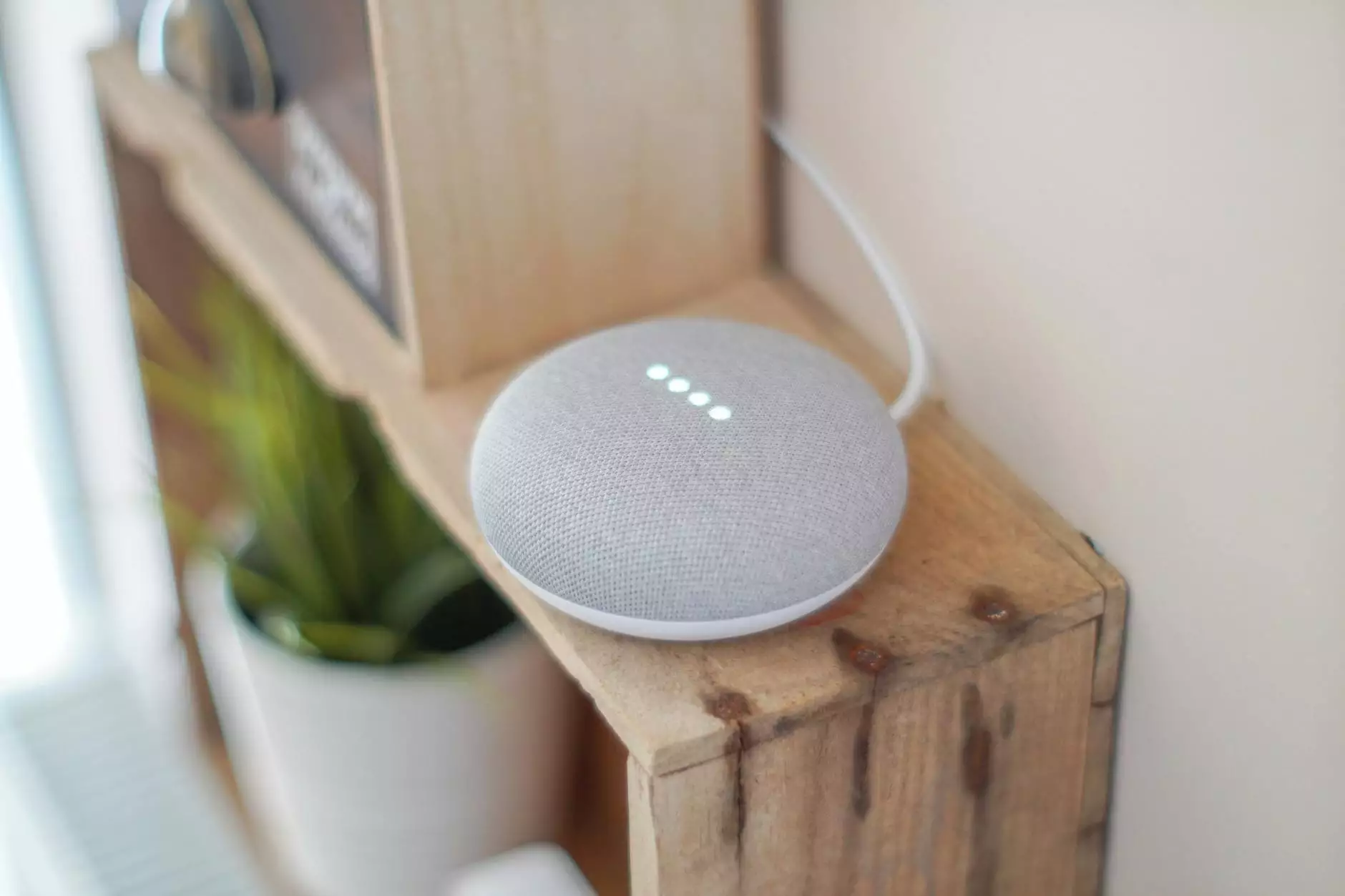How to Create an App: A Comprehensive Guide

In today's digital age, mobile applications have become an essential part of our lives, serving various needs ranging from communication to productivity. If you're contemplating entering this lucrative field, you've come to the right place. This guide will provide you with the knowledge and tools needed to create an app that stands out in the competitive market. Whether you are a budding entrepreneur or an experienced developer, our step-by-step approach will set you on the right path.
Understanding the Basics of App Development
Before diving into the technicalities of app creation, it’s crucial to understand what app development truly entails. App development is a process that involves planning, designing, building, and maintaining software applications. Generally, it can be categorized into two main types:
- Native Apps: Developed for specific platforms (iOS or Android) using platform-specific programming languages.
- Cross-Platform Apps: Created to run on multiple platforms with a single codebase, often using frameworks such as React Native or Flutter.
Step 1: Define Your App Idea
Your app's journey begins with a solid idea. Consider the following questions:
- What problems does your app solve?
- Who is your target audience?
- What features will make your app unique?
Brainstorming is an excellent way to explore your concept. Collaborate with others or use tools like mind mapping to visualize your thoughts.
Step 2: Conduct Market Research
Once you have your app idea, it's imperative to perform market research to validate its potential. Analyze similar apps in your niche, identify their strengths and weaknesses, and gather insights about user preferences. This will help you refine your idea and avoid common pitfalls.
Step 3: Create a Business Plan
A well-structured business plan is essential for guiding your app development. It should include:
- Executive Summary: A brief overview of your app and business objectives.
- Market Analysis: Insights from your market research.
- Marketing Strategies: How you intend to promote your app.
- Financial Projections: Expected costs and revenue models.
Step 4: Design the User Experience (UX)
User experience (UX) is a crucial element in determining your app's success. A well-designed app keeps users engaged and encourages them to return. Consider the following when designing your UX:
- User Journey: Map out the steps a user will take within your app.
- Wireframes: Create wireframes to visualize the layout and interaction flow.
- Prototyping: Use tools like Adobe XD or Sketch to create interactive prototypes for feedback.
Step 5: Choose Your Development Approach
Depending on your target audience and budget, choose the right development approach: Native, Cross-Platform, or Web Apps. Each comes with its own set of benefits and challenges. For instance:
- Native Apps: Offer better performance and user experience but require more resources as you need to develop separate apps for iOS and Android.
- Cross-Platform Apps: Enable faster development with a single codebase but may compromise performance compared to native apps.
- Web Apps: Can be accessed via any browser, making them universally accessible; however, they may lack some features of native apps.
Step 6: Develop Your App
Now it’s time to roll up your sleeves and begin the app development process. This phase involves coding the app's functionalities and integrating the design elements created earlier.
Choose the right programming languages and frameworks that align with your chosen approach. Here are some popular choices:
- iOS Development: Swift, Objective-C
- Android Development: Java, Kotlin
- Cross-Platform Development: JavaScript (for React Native), Dart (for Flutter)
Make sure to collaborate closely with your development team or engage freelancers if necessary. Utilize version control systems like Git for smooth collaboration.
Step 7: Testing Your App
No app is complete without thorough testing. Testing ensures that your app functions as intended and provides a seamless experience for users. Here are several types of tests you should run:
- Functional Testing: Verifies that each feature works correctly.
- Usability Testing: Assesses how user-friendly the app is.
- Performance Testing: Checks how the app performs under load.
- Security Testing: Ensures that user data is protected.
Step 8: Launch Your App
After successful testing, it's time to launch your app. Before releasing it to the public:
- Prepare app store listings on platforms like the Apple App Store and Google Play Store.
- Gather promotional materials such as screenshots, app descriptions, and a marketing video.
- Set up a website or a landing page to promote your app further.
Step 9: Marketing Your App
After launching, it's important to market your app effectively to reach your target audience. Consider implementing the following strategies:
- Social Media Marketing: Use platforms like Instagram, Facebook, and Twitter to promote your app.
- Content Marketing: Create blog posts and articles that discuss industry trends and how your app solves specific problems.
- App Store Optimization (ASO): Optimize your app’s listing for better visibility in app stores.
- Email Marketing: Collect emails and send out newsletters announcing your app’s launch and updates.
Step 10: Gather Feedback and Improve
Once your app is live, continuously gather feedback from users. Implementing user suggestions and addressing concerns can significantly enhance your app's quality. Additionally, analyze app performance metrics to identify areas for improvement.
The Future of App Development
The app development landscape is constantly evolving with the introduction of new technologies. Keep an eye on emerging trends like artificial intelligence, augmented reality, and the Internet of Things (IoT), as they can offer exciting opportunities for your app development journey.
Conclusion
Creating an app is a multifaceted process that requires careful planning, execution, and ongoing improvement. By following the steps outlined in this guide on how to create an app, you can navigate the complex world of app development with confidence. Remember, the key to a successful app lies in understanding your audience and continuously striving to meet their needs.
For more insights on app development, visit nandbox.com.









